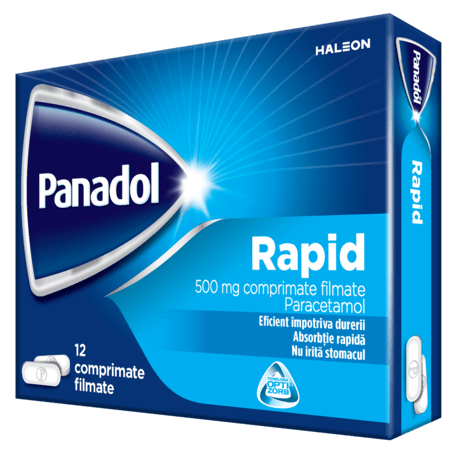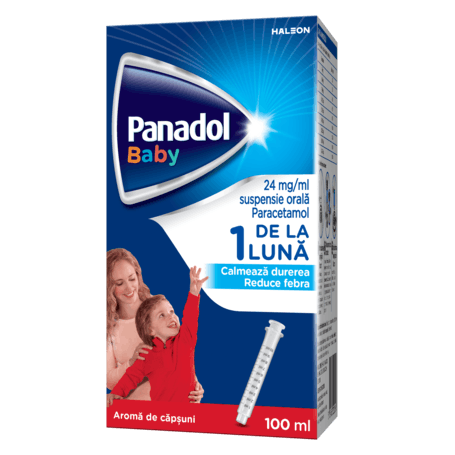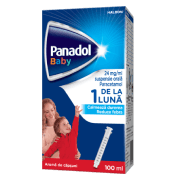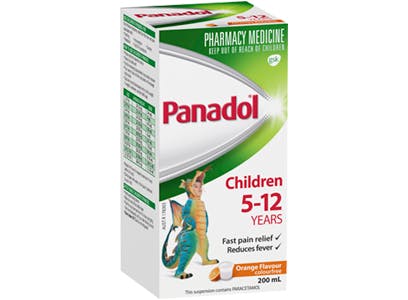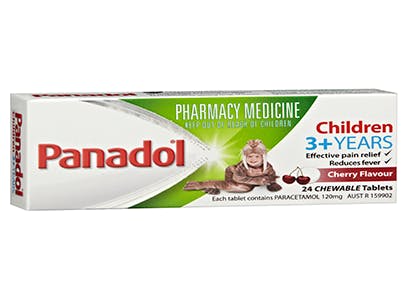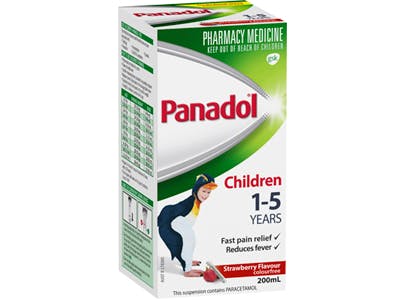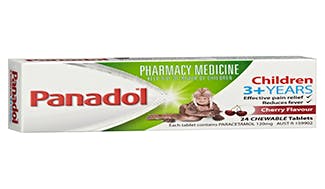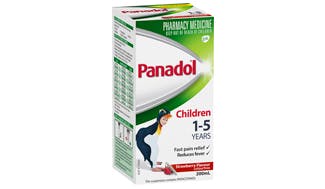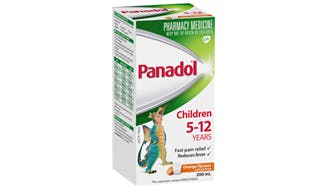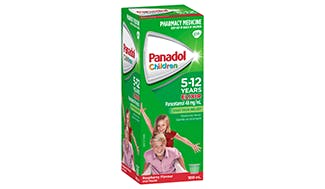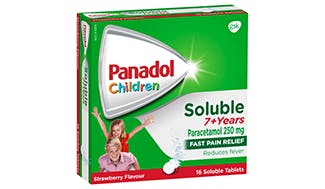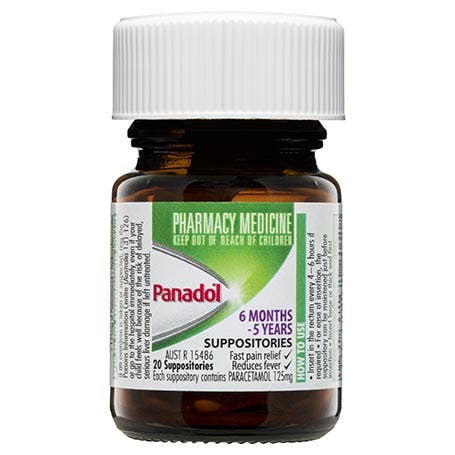
Children's Panadol
Panadol Suppositories 6 Months - 5 Years
Children’s Panadol is only available in Pharmacy
For over 50 years, Children’s Panadol has given parents the confidence to make their kids feel better. With Children’s Panadol, you can rest assured knowing that it works fast on fever.
Children's Panadol is mums' most trusted & recommended brand for their children's pain relief.
It’s the brand that 83% of mums choose first for their baby1, and nothing is more gentle on tiny tummies from 1 month old. It’s suitable for 98% of the population2!
Overview
- Fever
- Teething
- Immunisation
- Earache
- Headache
- Cold & Flu symptoms
Suppository
A solid medical preparation in a roughly conical or cylindrical shape, designed to be inserted into the rectum or vagina to dissolve.
Can be used for children suffering from nausea and vomiting
Can be used for children that are refusing to take oral medication
Active ingredient: Paracetamol 125mg per suppository.
Overview
How To Use
Insert into the rectum.
Insert the large/thick end first.
For ease of insertion, the suppository can be moistened just before insertion.
Dosage
Match the child's weight to the chart below. If the weight is not known then match the age of the child. If your child weighs less than 8 kg (or is under 6 months of age) or more than 18 kg, please consult your doctor about adjusting the dosage amount.
Do not give more than 4 doses in a 24-period
Age
Infants (6mths – 3yrs)
Children (4 – 5yrs)
AVERAGE WEIGHT
8 - 14 kg
16 - 18 kg
DOSE
1 (maximum 4 in 24hrs)
2 (maximum 8 in 24hrs)
Warning
Do not give more than 4 doses in one day or within any 24-hour period. Do not use for more than 48 hours at a time except on medical advice.
Further Information
Also contains Methyl and Propyl Hydroxybenzoate
Enquiries
If you would like any further information regarding Children's Panadol products, please call our INFOLINE (Freecall) Australia on 1-800-028-533, or send a query through our website.
References
Celebi S et al. Indian J Pediatr 2009; 76(3): 287-291
Autret-leca E et al. Curr Med Res Opin 2007; 23(9);2205-2211
Watson PD et al. AJDC 1992;146:626-632

